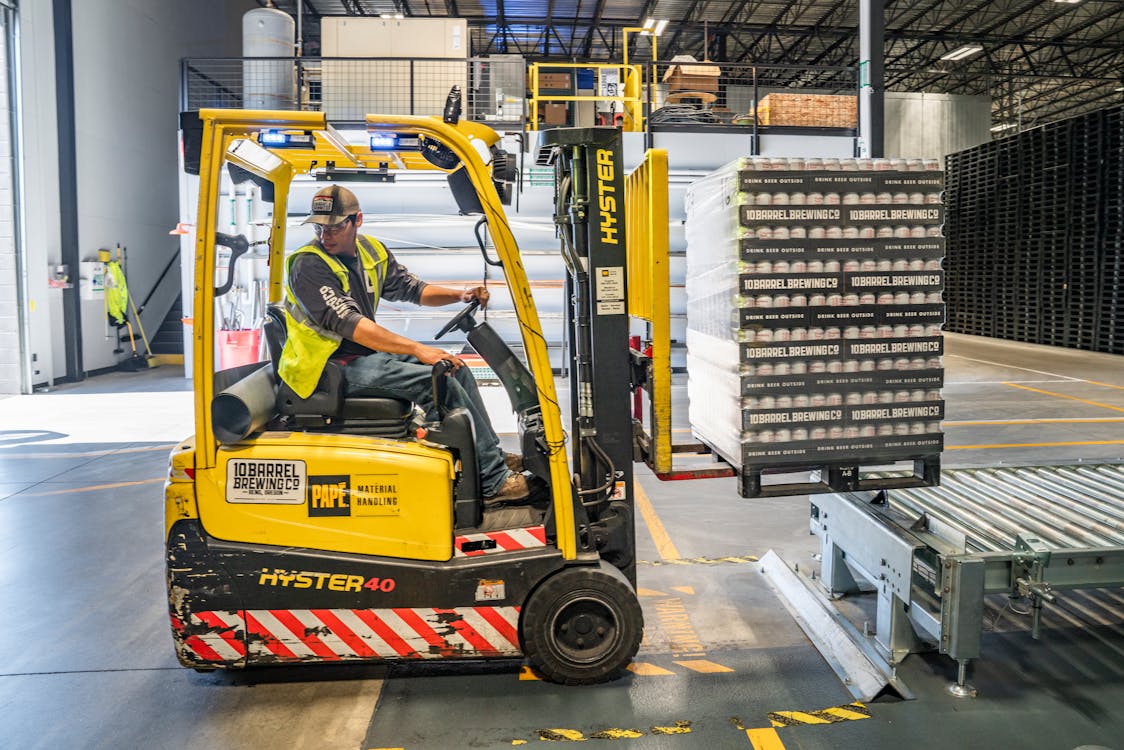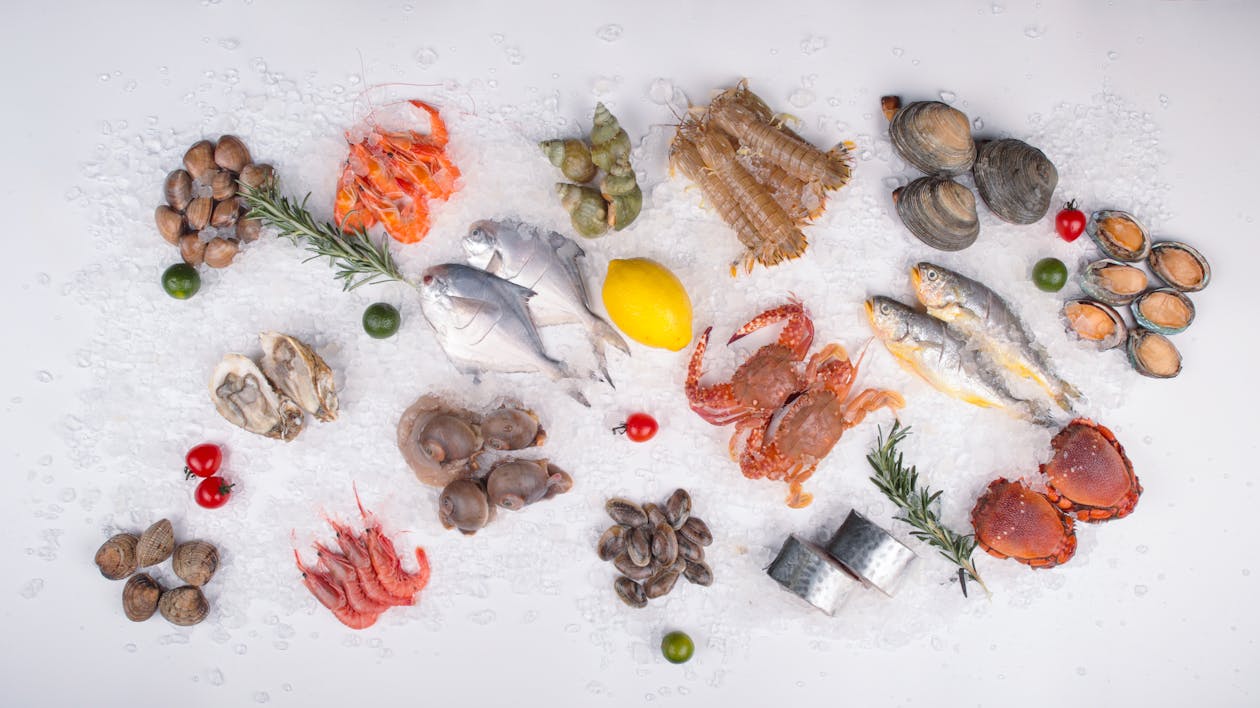Nearly three months into 2025, the shipping industry keeps perfecting its cold chain routes and know-how. Furthermore, cold chain trends will also push the industry to improve its global supply routes.
Since many stuff we use and consume daily are temperature-sensitive, producers can’t deliver them without cold chain solutions. Without these solutions, it’s impossible to safely enjoy something like fresh sashimi from an imported Japanese bluefin tuna.
Also Read: Reefer Containers: Key Component of Cold Chain Industry in 2025
Upcoming Cold Chain Trends in 2025

Because of that, what are the cold chain trends that can impact us this year compared to the previous year? Let’s see them below!
Improved Goods Distribution
Industries keep improving their supply chain because customers want their materials or products to come faster than before. By delivering these products faster while retaining their quality, customers will be more inclined to purchase them in the future.
In this regard, industries will try perfecting the supply routes between ship ports or production areas and their main consumers. Facility upscaling, for example, will be a priority for these areas to boost their ability to store products.
Improving distribution via advanced automation will also be in order so the goods’ quality won’t be compromised.
Enlargement of Storage Facilities
While builders designed storage facilities to last decades, even they will eventually age over time and have their efficiency reduced.
Today, many storage facilities that were first designed 40-50 years ago often can’t deal with the stress of increased market demands. They often don’t meet modernized health and safety standards, which pushes operators to adapt.
Throughout the year, operators will focus on modernizing these facilities and renovating them to increase their load capability. Here, synthetic refrigerants like HFC and HCFCs will be phased out more considering their dangerous impacts over decades.
Emergence of Brand-new Products

Tastes change, and so do the products catering to them. Proteins from alternative sources like vegetables, for example, have continued to be a focus among many alternative foods in recent decades.
According to findings by Bloomberg, the plant-based food product market will reach a value of $162 billion by 2030, a drastic increase from $29.4 billion in 2020.
Increasing awareness of meat-caused sicknesses, the environmental impact of animal farms, and diversifying culinary tastes have contributed to the rising market for alternative meat products.
Much like conventional proteins, these plant-based meat products still need cold chain solutions to arrive to consumers safely. However, their producers are mostly small-medium businesses in Europe and North America with less experience in delivering products globally.
For this reason, cold chain solutions must be ready to help these companies deliver their products anywhere. The effect is twofold – plant-based meat companies can ship products safely, and cold chain solutions can diversify their client portfolio.
Enhanced Management Visibility
They say “Knowledge is power” and this is truer than ever in the case of supply chain visibility.
In short, this visibility means your ability to know anything going on in your supply chain. Any aspect from the raw materials for production, the production process itself to the product’s delivery is under your full control.
By having this visibility, business actors can limit any business risk, address risks in the supply chain, and prevent accidents from happening.
Software and smart technologies can help businesses monitor all these aspects without manual inspection. Things like temperature monitoring and location tracking will be more efficient with the increased investment in these technologies in 2025.
Changes in the Global Market
Ongoing events with geopolitical implications continue affecting global supply chain routes, and many companies must think about how to effectively ship products amidst all these events.
While dry goods are mostly fine, perishable cargo faces more risk due to these events that can cause them trapped in cargo backlogs and expire before delivery.
One solution is cold chain warehouses, which can keep these products safe for some time before ready for final shipment.
Furthermore, the implementation of tariffs during the second presidency of US President Donald Trump starting from February 2025 will also impact all countries. With this in mind, global supply chain actors should respond accordingly to abide by or circumvent these tariffs.
Increased Use of AI and Predictive Analysis

While AI has been in use in the industry for some years, its use will only intensify in 2025 to fill in roles and tasks human users can’t do simultaneously.
Automated storage and retrieval systems (AS/RS) and robotic handling systems, for example, can cover the mechanical handling of products accurately.
Meanwhile, predictive analysis can help companies predict future trends before they happen so they can adjust their shipment schedules better and more.
Increased Demand for Sustainability
The cold chain industry is part of the transportation and food processing industries, some of today’s most energy-intensive industries.
Because of that, there’s a growing demand for the industry to minimize environmental impacts when delivering products.
The introduction of Ecodesign for Sustainable Products Regulation (ESPR) in the European Union, for example, pushes industries to become more circular and sustainable soon.
As a result, the cold chain industry will invest more in environmentally friendlier transportation means and product packaging to partake in this regional and global undertaking.
Introduction of Automation and Robotics in Facilities

Automated storage and retrieval systems (AS/RS) and autonomous mobile robots (AMRs) are becoming staples in cold storage facilities. With these, companies can do seamless handling of perishable goods at temperatures as low as -25°C.
Companies like Movu Robotics are deploying AMRs such as the Movu ifollow which can transport pallets and roll cages while switching effortlessly between cold and ambient zones.
Pallet-shuttle systems and robotic arms are optimizing high-density storage, while AI-driven inventory management tools minimize errors in order fulfillment.
For instance, Dematic and Swisslog are implementing unit-load ASRS in facilities operated by giants like Lineage Logistics and Americold.
IoT sensors integrated with these systems provide real-time temperature and humidity monitoring so businesses can comply with strict regulatory standards.
Move to -15ºC Coalition
The -15ºC Coalition is gaining momentum as a sustainability-driven initiative to standardize colder storage temperatures, reducing energy consumption while maintaining product integrity.
Traditional cold chains often operate at -18°C, but advancements in insulation and refrigeration technologies allow facilities to achieve optimal preservation at -15ºC.
Companies like Daifuku Intralogistics are leading this transition with automated systems that optimize energy efficiency through AI-powered predictive maintenance and adaptive cooling.
For example, their solutions dynamically adjust compressor cycles based on real-time demand, minimizing power usage during off-peak hours.
While it remains unknown if another company is joining the coalition soon, it proves how this trend can push companies to participate in the coalition’s objectives.
Also Read: Preparing for 2025 Shipping Industry Trends: An Outlook
Conclusion
Because the cold chain industry is one of the most important industries today, many upcoming cold chain trends will lean on how to make the industry more efficient in improving global living standards. Within the industry, using refrigerated containers from Tradecorp is a sensible choice thanks to their high quality and hi-tech reefer machine. Equipped with industry-leading machines from Daikin and Thermo King, Tradecorp makes some of the industry’s finest reefer containers. Order one today!


